PARP
Poly (ADP-ribose) polymerases (PARPs) is a large family of proteins with a conserved catalytic domain that catalyze an immediate DNA-damage-dependent post-translational modification of histones and other nuclear proteins leading to the survival of injured proliferating cells. So far, a total number of 18 human PARP proteins encoded by different genes have been identified, including PARP-1 to PARP-4, PARP-5a, PARP-5b, PARP-5c and PARP-6 to PARP-16. The general structural of PARP proteins has been revealed through the extensive study of the founding family member PARP-1, which is characterized by the presence of four functional domains, including a DNA-binding domain, a caspase-cleaved domain, an automodification domain and a catalytic domain.
-
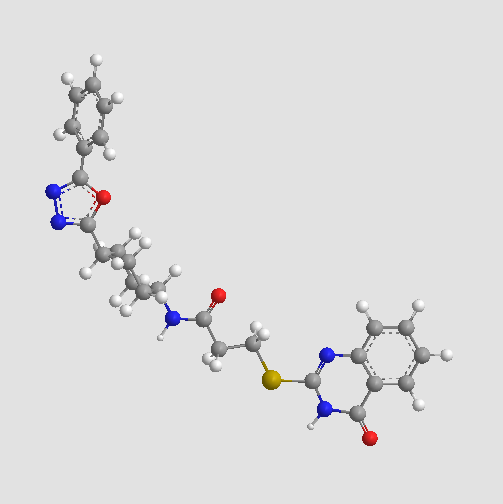 A8600 Tankyrase Inhibitors (TNKS) 22Summary: Tankyrase inhibitor
A8600 Tankyrase Inhibitors (TNKS) 22Summary: Tankyrase inhibitor -
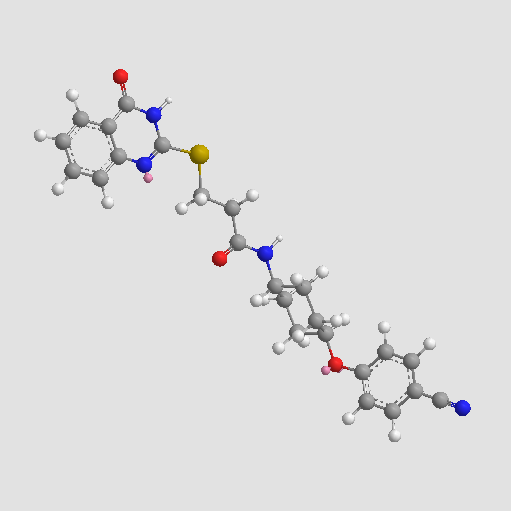 A8601 Tankyrase Inhibitors (TNKS) 49Target: TankyrasesSummary: Tankyrase inhibitor
A8601 Tankyrase Inhibitors (TNKS) 49Target: TankyrasesSummary: Tankyrase inhibitor -
 A8808 ME0328Target: PARPSummary: PARP inhibitor,potent and selective
A8808 ME0328Target: PARPSummary: PARP inhibitor,potent and selective -
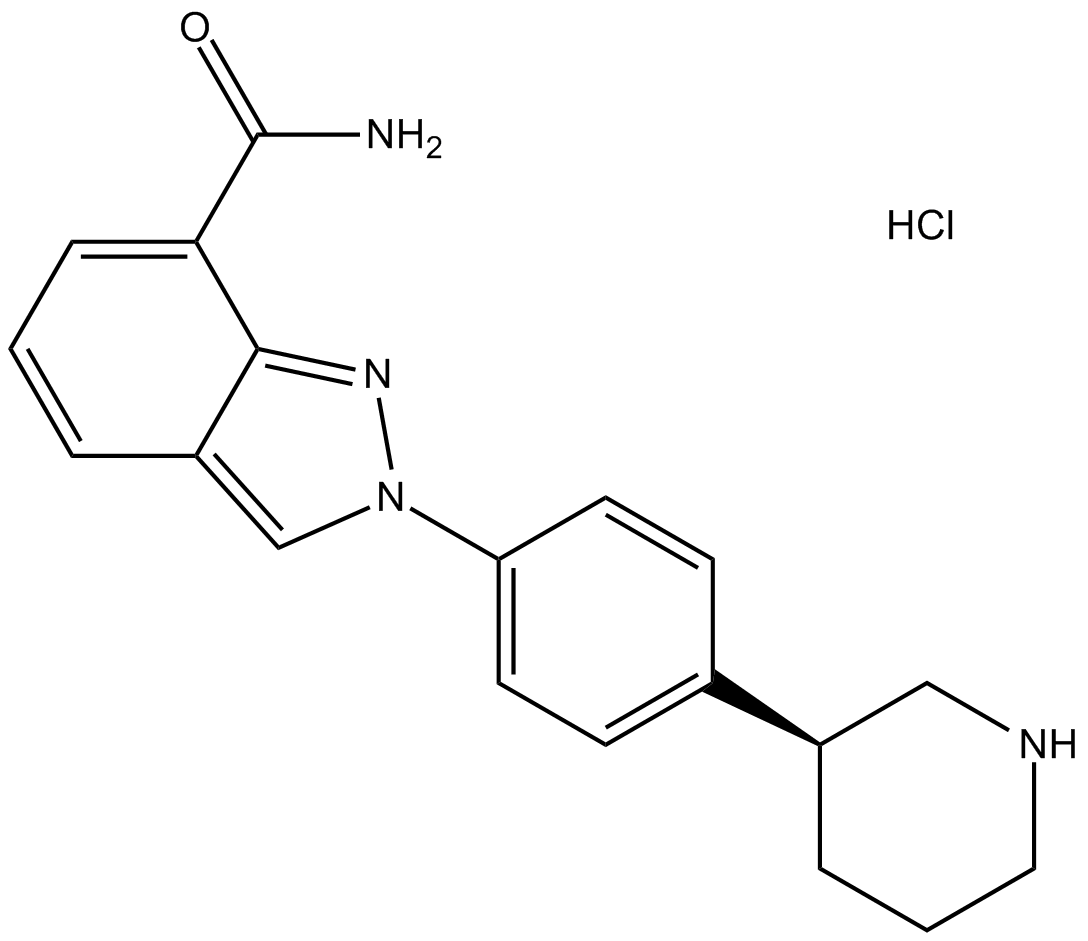 B1163 MK-4827 hydrochlorideSummary: PARP1/PARP2 inhibitor
B1163 MK-4827 hydrochlorideSummary: PARP1/PARP2 inhibitor -
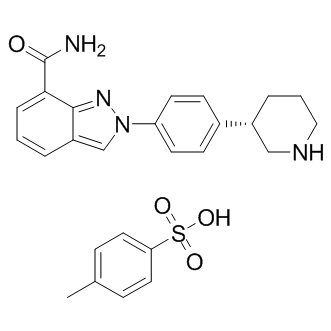 B1164 MK-4827 tosylateSummary: PARP1/PARP2 inhibitor
B1164 MK-4827 tosylateSummary: PARP1/PARP2 inhibitor -
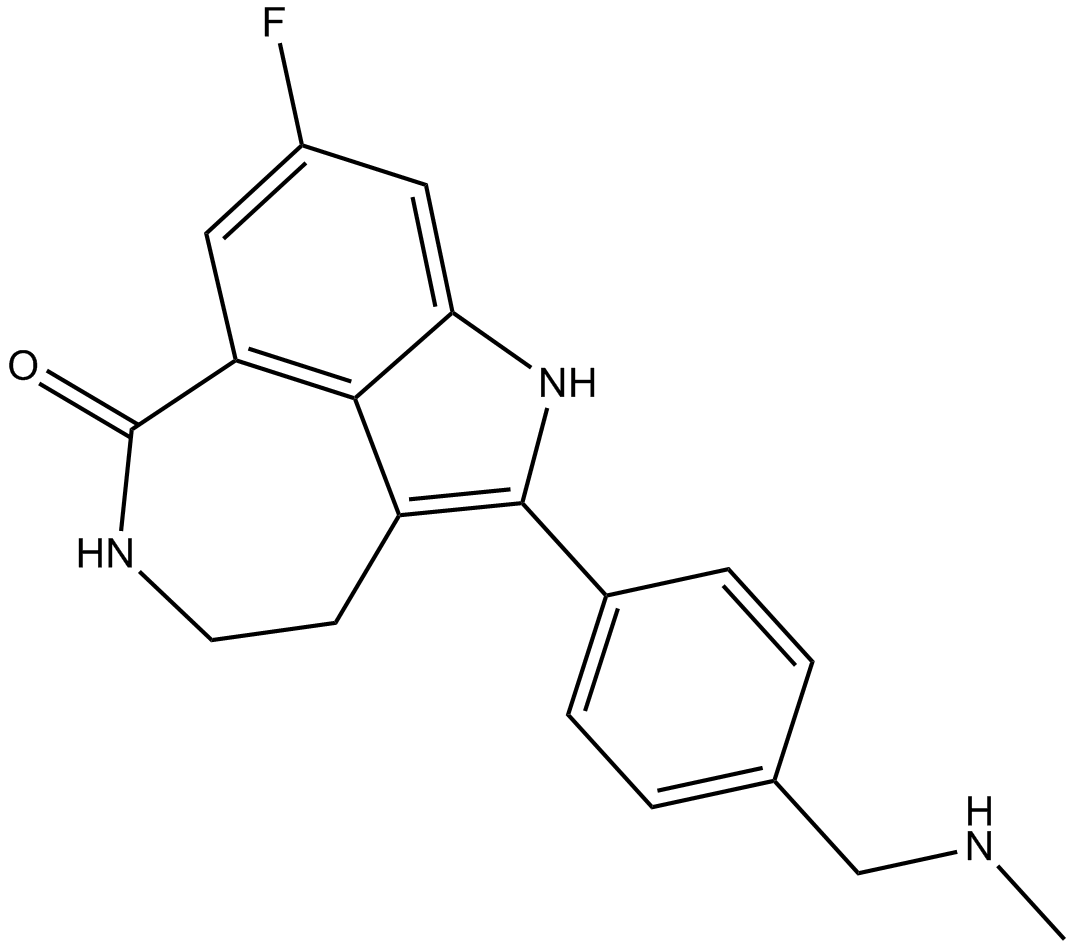 A8893 Rucaparib (free base)Target: PARPSummary: Potent PARP inhibitor
A8893 Rucaparib (free base)Target: PARPSummary: Potent PARP inhibitor -
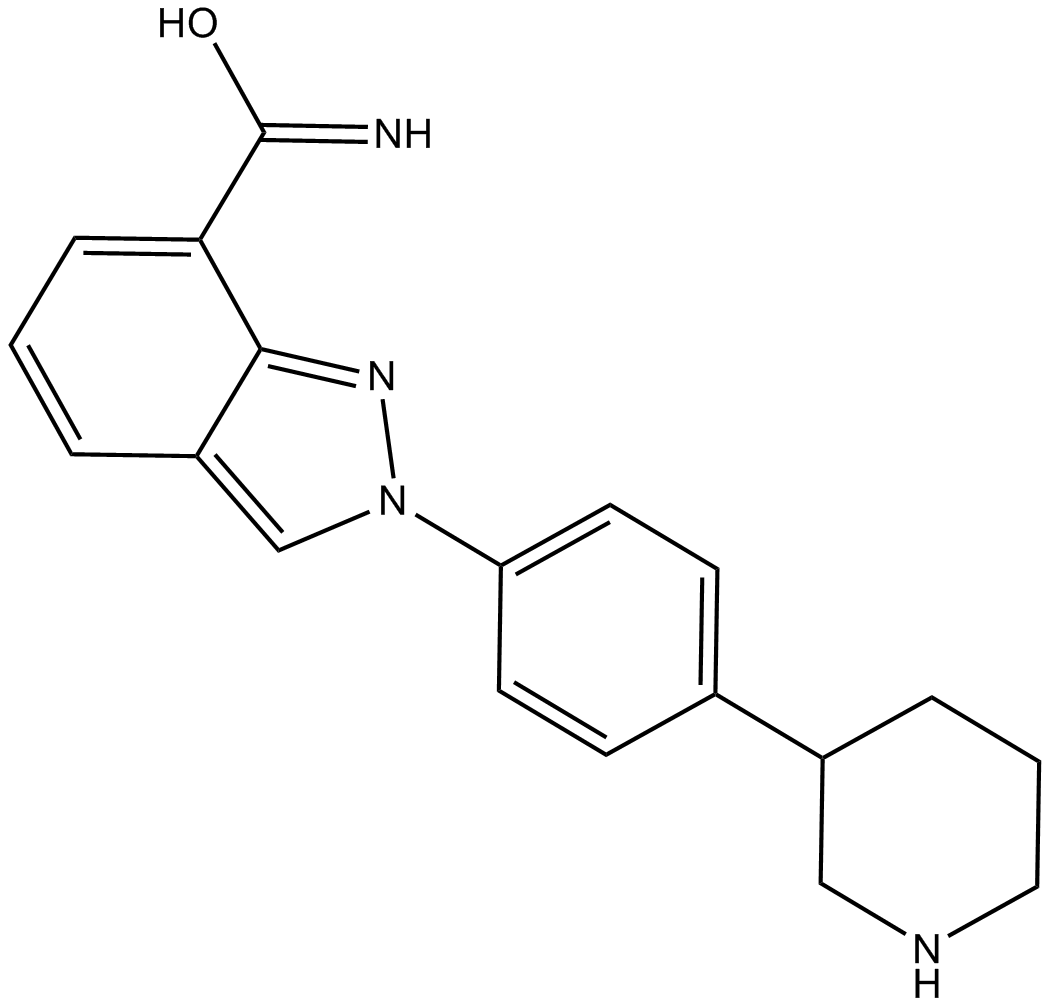 B3393 MK-4827 RacemateSummary: selective inhibitor of PARP1/PARP2
B3393 MK-4827 RacemateSummary: selective inhibitor of PARP1/PARP2 -
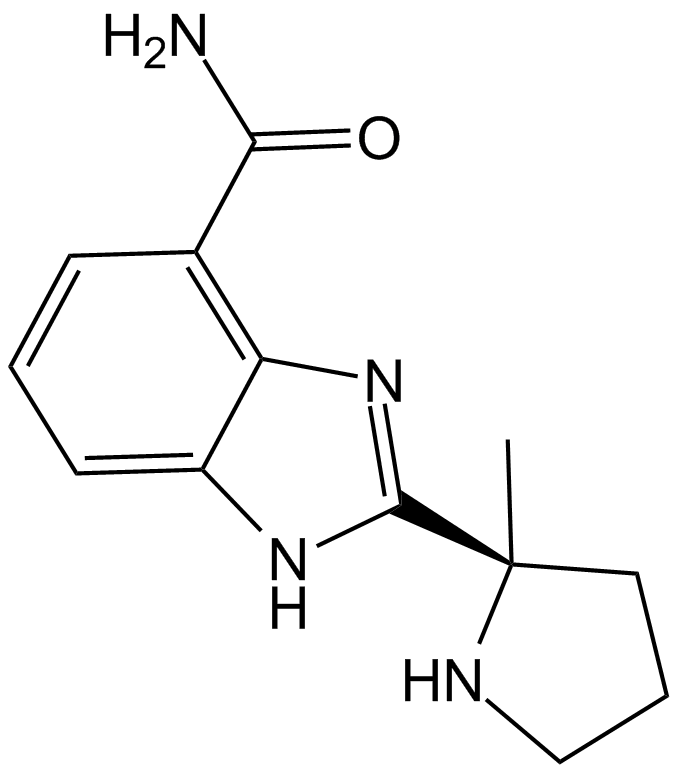 A3002 ABT-888 (Veliparib)6 CitationSummary: Potent PARP inhibitor
A3002 ABT-888 (Veliparib)6 CitationSummary: Potent PARP inhibitor -
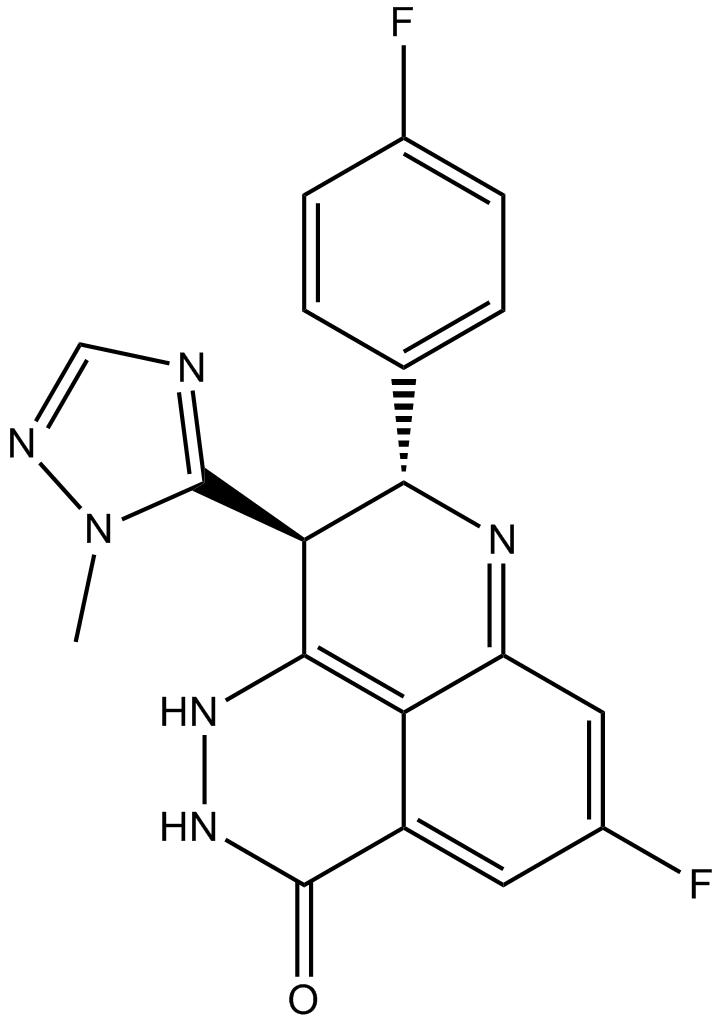 A4153 BMN 673Summary: Potent PARP inhibitor
A4153 BMN 673Summary: Potent PARP inhibitor -
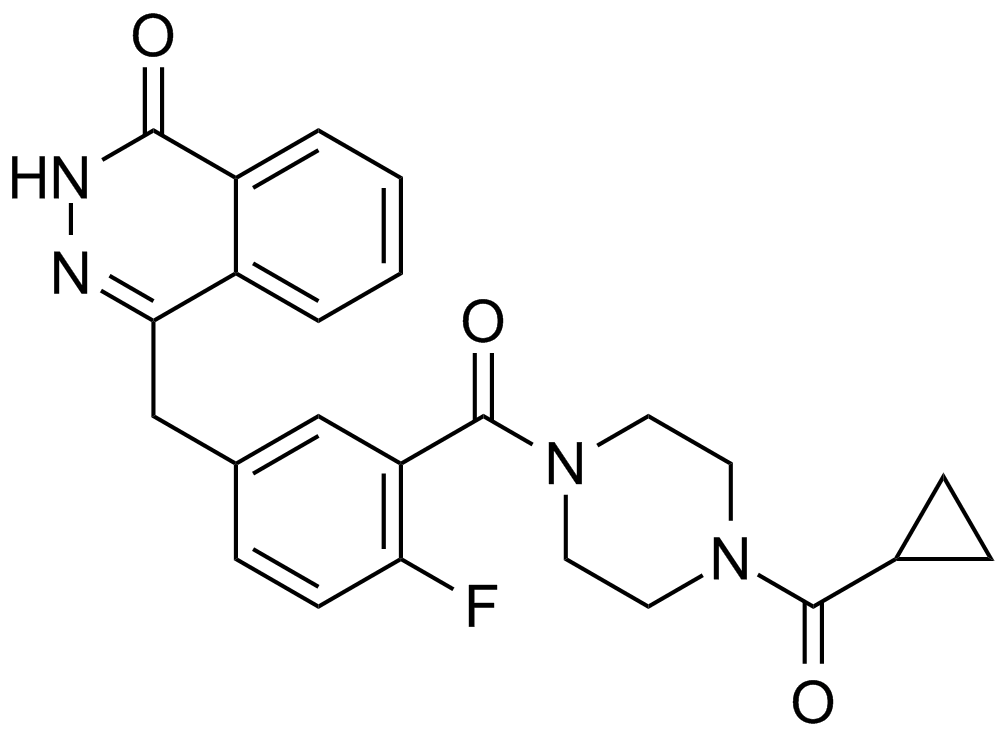 A4154 Olaparib (AZD2281, Ku-0059436)30 CitationSummary: PARP-1/2 inhibitor
A4154 Olaparib (AZD2281, Ku-0059436)30 CitationSummary: PARP-1/2 inhibitor

